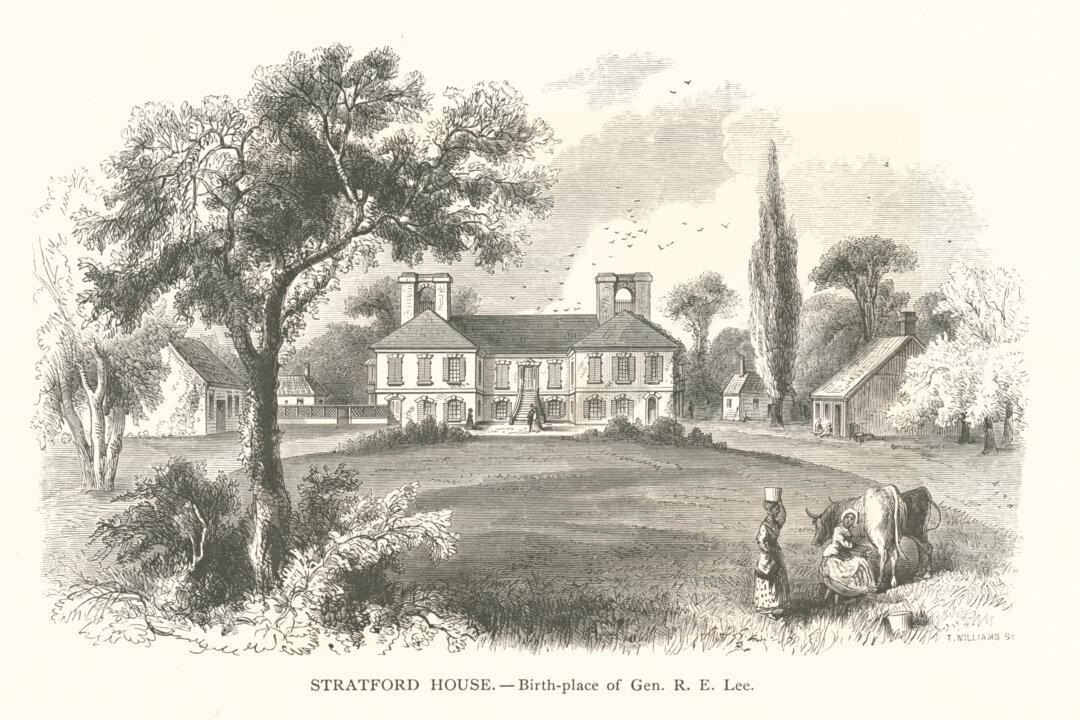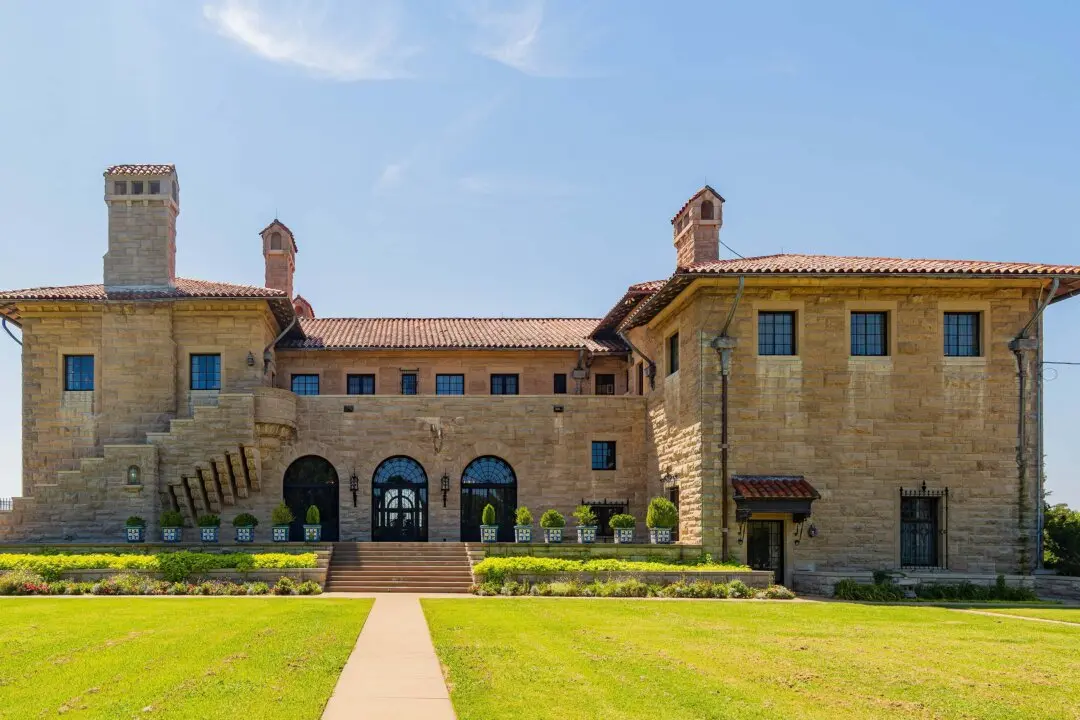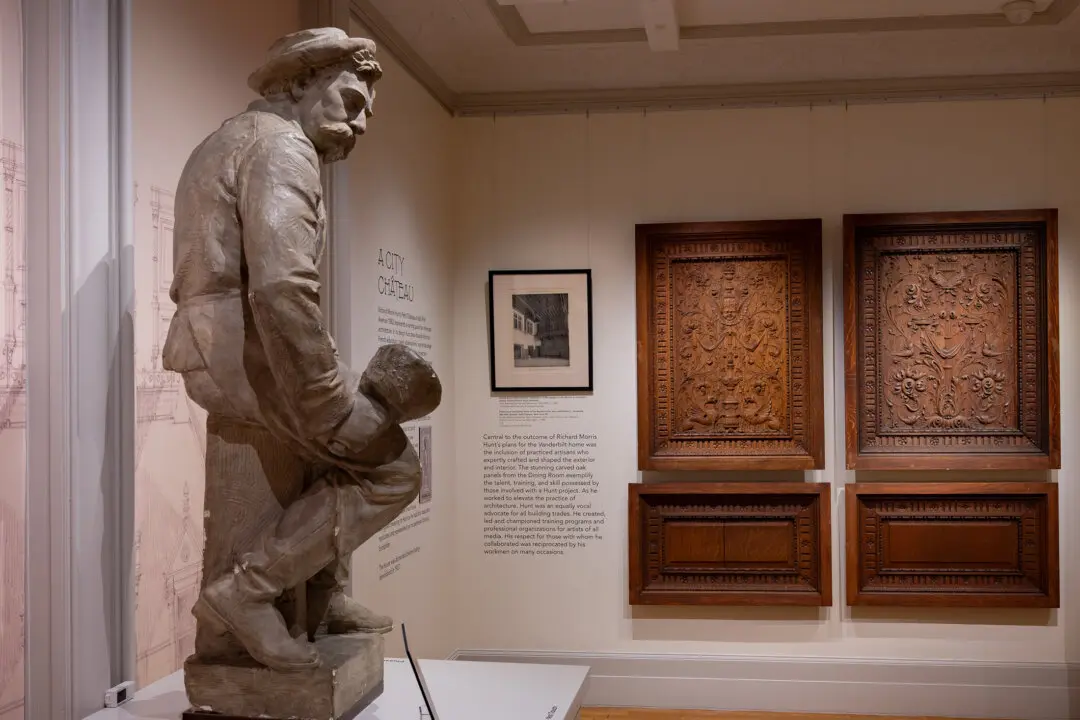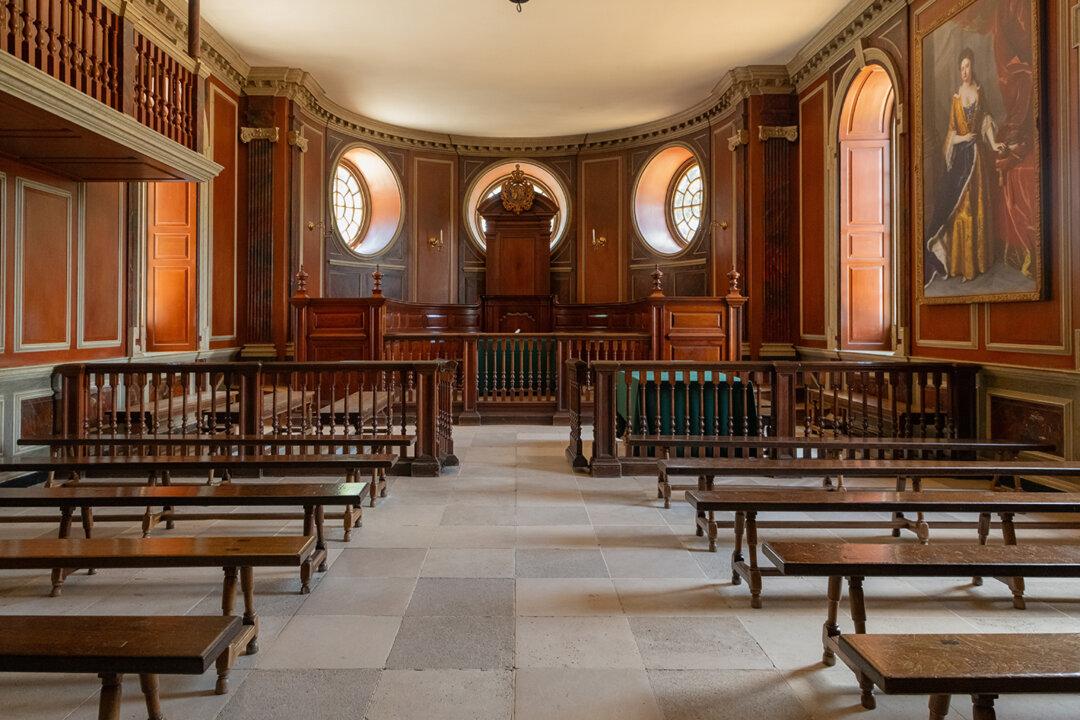Four generations of the historically significant Lee family passed through Stratford Hall, including two signers of the Declaration of Independence, Richard Henry Lee and Francis Lightfoot Lee. Other family members who contributed to the nation’s politics and military were Revolutionary War hero “Light Horse Harry” Lee (1756–1818) and his son Gen. Robert E. Lee, who was born at Stratford in 1807.
The community of Stratford Hall was much larger than the Lee family—about 200 souls larger. It was a village of farmers and artisans that made Stratford Hall one of the most prolific plantations in Colonial America.





